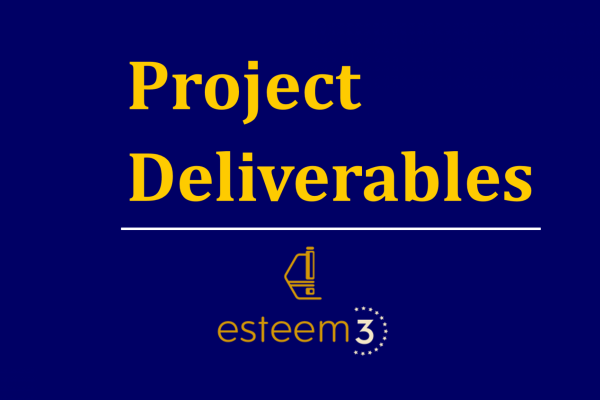Advancements in Precision Estimation for TEM Experiments

Modern Transmission Electron Microscope (TEM) instruments have revolutionized our ability to observe the nanoscale world. Yet, for the next leap in quantitative measurements, we need improved accuracy, precision, and reproducibility. In the deliverable 4.6 - Report on evaluation of precision estimates for TEM experiments, we delve into the strides made in ESTEEM3, focusing on the estimation of precision and accuracy in TEM measurements.
Towards Greater Precision in Charge-Counting Experiments
Electron holography, a method used to measure magnetic, electric, and even strain fields, has seen significant advancements in the precision of charge measurements during ESTEEM3. The introduction of in-situ biasing experiments and automation, coupled with model-based fitting of experimental data, has made a notable difference. The procedure enhances the accuracy of the measurements by removing systematic errors, thereby improving the precision of charge measurements.
Several methods have been applied to analyze charged nanotips, with the model-based iterative approach yielding the highest precision. The approach was also used for the analysis of nanocapacitors, revealing layers of charge at the interface of the insulator with the electrodes. The technique is so precise that it can reach one elementary charge, although it depends on spatial resolution and specimen type.
Pushing the Limits in Atom Counting Experiments
High-angle annular dark-field scanning transmission electron microscopy (HAADF-STEM) produces atomically clear images, with atomic contrast depending on the number of similar atoms in a column. Throughout ESTEEM2 and ESTEEM3, model-based analysis of the contrast has allowed counting the number of atoms in individual atom columns, notably in nanocrystals. The precision has been enhanced by including Bayesian theory to calculate the probability distribution of a particular column having a certain number of atoms.
The ESTEEM3 programme has refined the methodology, achieving further precision by correlating information from different signals, particularly in low-dose conditions. This has been remarkably helpful for atom counting using simultaneous HAADF-STEM and EDX data.
Conclusion: The Future of Quantitative Electron Microscopy
Quantitative electron microscopy has come a long way, from attempting to quantify the experimental image and determine microscope parameters, to now determining specimen-related parameters and physical quantities like the number of charges and atoms in a sample.
The precision of a single elementary charge and a single atom has been achieved, a testament to the progress made in the field. As we continue to refine these techniques, we can anticipate further breakthroughs in the world of working devices and low-dose conditions, opening new frontiers in nanoscale examination and understanding.
Join us at ESTEEM3 as we continue to push the boundaries of electron microscopy and bring you the latest developments in this exciting field.
Deliverable 4.6 - Report on evaluation of precision estimates for TEM experiments [PDF, 1.44 MB, not barrierefree]
